Both the AAPS and Ancient American Magazine (a co-host of the event) embrace hyperdiffusionism, arguing that similarities in cultural attributes (such as technology, architecture, religion, etc.) are attributable to "diffusion" from one culture to another: similarity indicates a common source. Embedded within hyperdiffusionism is the assumption that ideas and traits diffuse outward from "higher" cultures to "lower" ones.
The idea that societies and "civilizations" can be progressively ranked on some scale of achievement (and the technological differences between those societies are the result of inherent biological constraints) was relegated to the garbage can of bad ideas by early twentieth century scientific anthropologists. It got tossed out not because it was politically incorrect, but because it was factually wrong. The notion of "progressive social evolution," used by European colonial powers to justify the subjugation of indigenous peoples around the world, unfortunately, didn't die off completely. The German Nazis embraced it along with hyperdiffusionism as part of their program to use prehistory to support their racist and expansionist agenda and propaganda (see this 1990 paper by Bettina Arnold). Hyperdiffusionism remains alive today, not-so-subtly submerged in all kinds of nonsense claims about Atlantis, white gods, a "megalithic culture," etc. Not surprisingly, in most cases it is "white" cultures that are put forward as "higher."
The AAPS video pitch includes, among other things, an offer of free conference registration for "active students and teachers." In typical Xplrr fashion, they also throw in typos for no additional charge:
"History Hunters From Around The Globe Meet In Michigan. THIS IS BIG and IF YOU want the TRUTH about HITORY then this is the place to be."
What kind of "truth" are they peddling? I'm not familiar with the work and ideas of many of the people speaking at the AAPS conference, but I would be very surprised if classic hyperdiffusionism isn't an important component of many of the presentations. That's what makes it interesting that the one presenter of the bunch who has actual, high level ties to organized Nazism is absent from the AAPS video. Where is Frank Joseph?
As I've written before, belief systems matter when you're operating outside of a scientific framework. When ideas and evidence are not subject to attempts to falsify, when you think you already know what the answer is and you're content to pick pieces that seem to help you complete the puzzle, you're not doing science. And you're not going to be producing any "truth" that will withstand scrutiny. In that case, what you believe is very important to the story you're telling.
If I was a high school teacher trying to get my students interested in ancient history . . . I wouldn't touch this thing with a ten foot pole. Imagine trying to explain to the principal why you encouraged your students to go listen to the founder of the American Nazi Party talk about his interpretations of prehistory. What a nightmare. Maybe that's why Joseph isn't in the video.




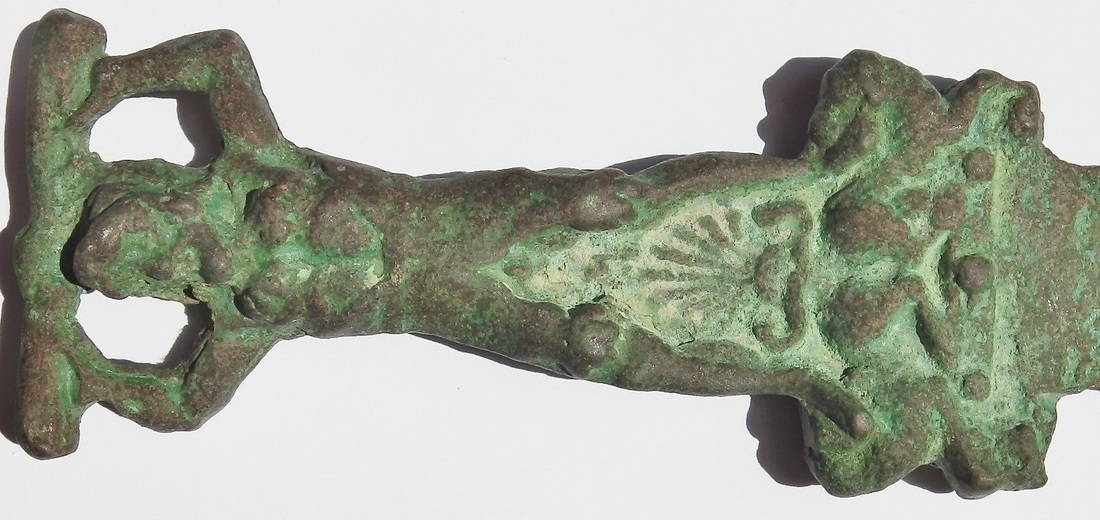
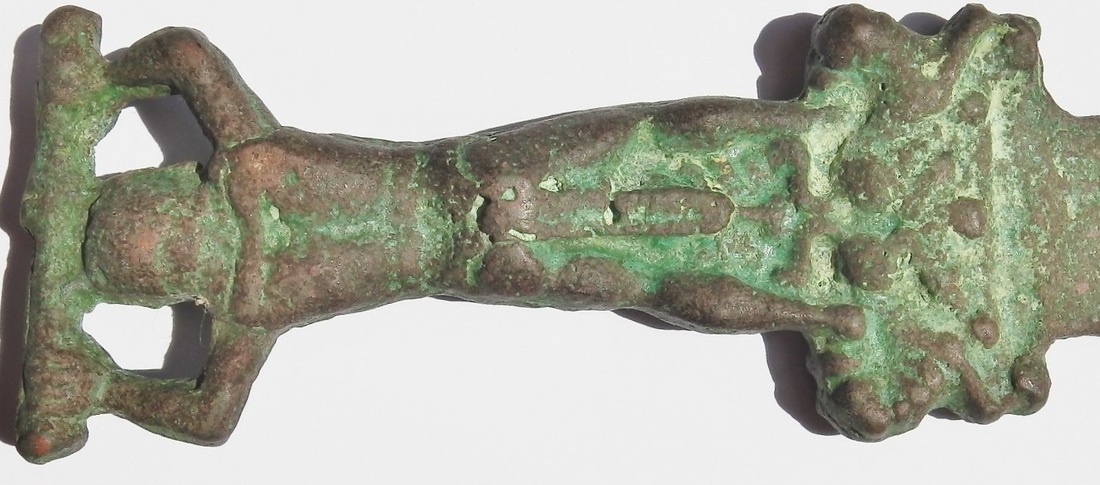







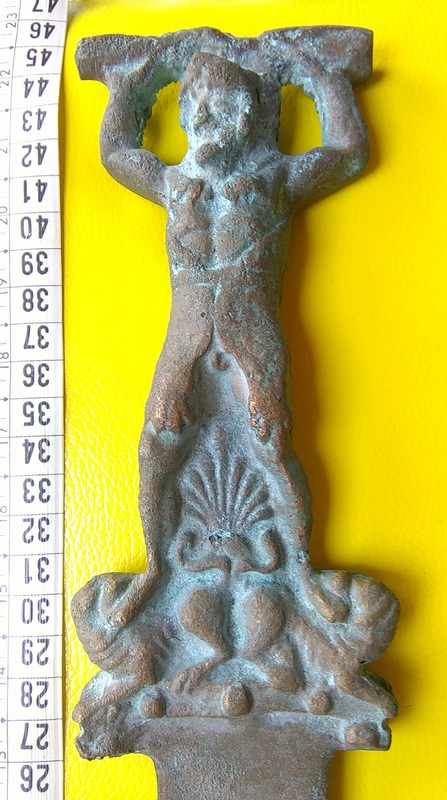
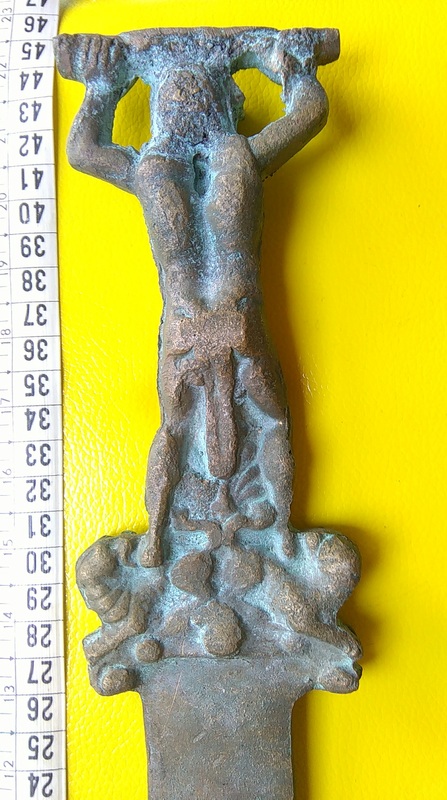
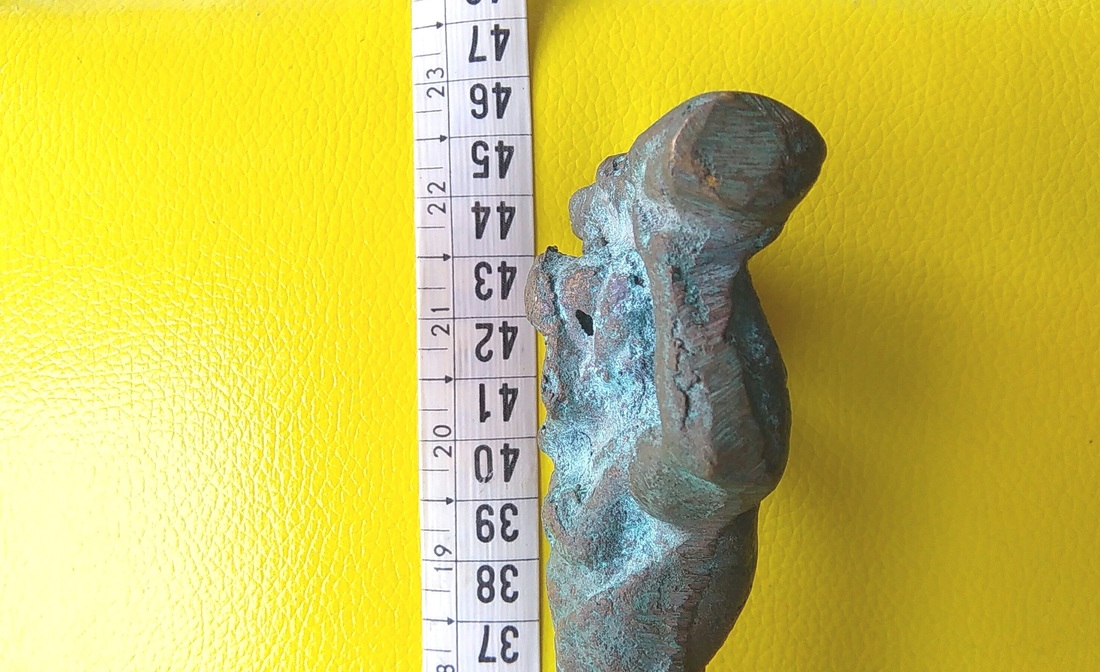




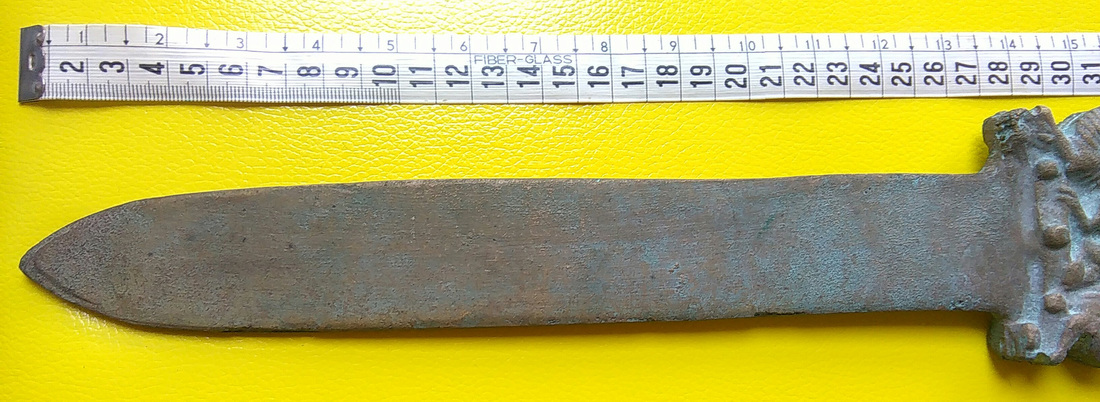
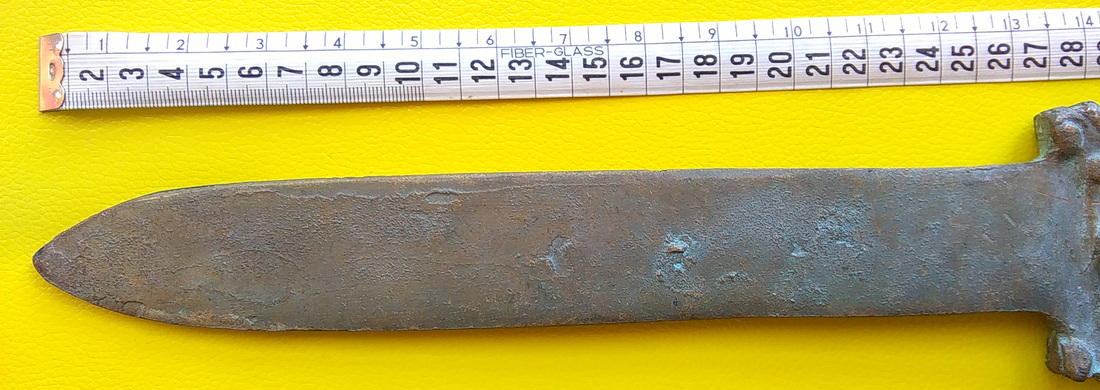
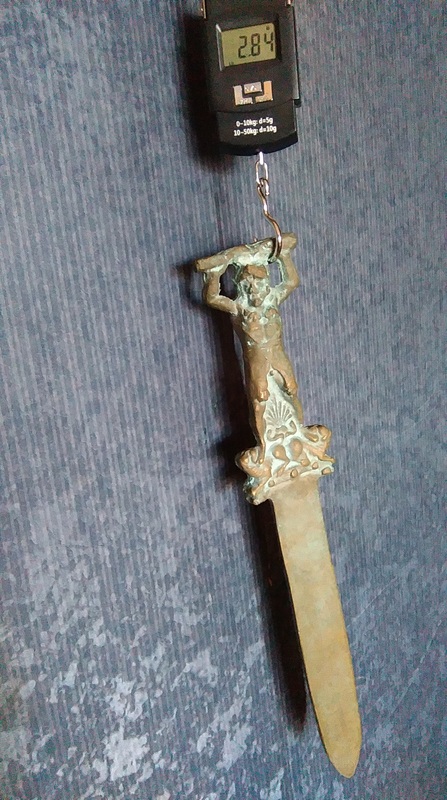
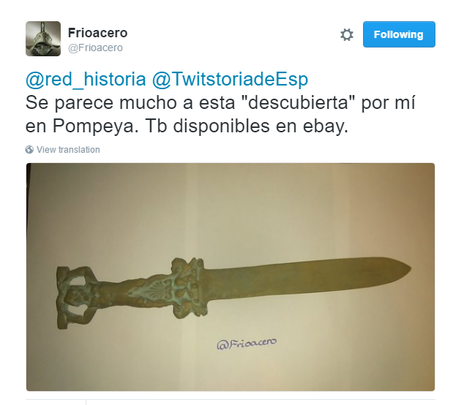


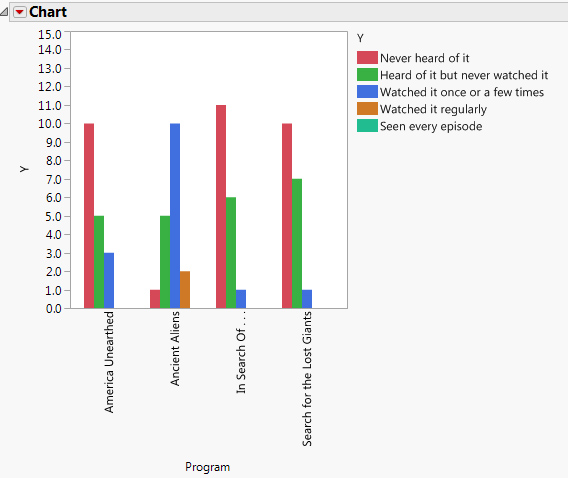
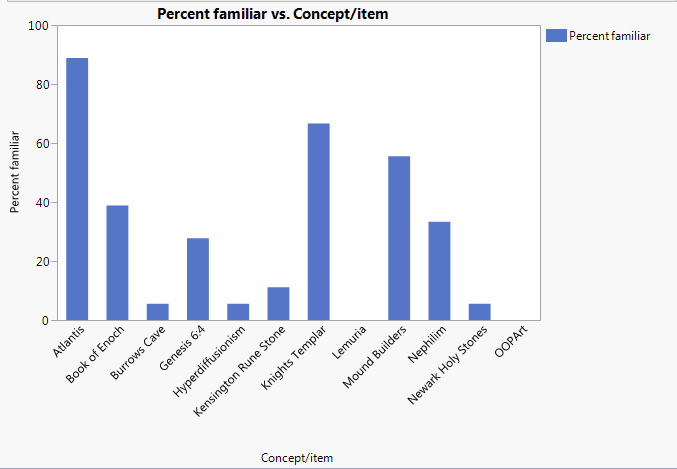
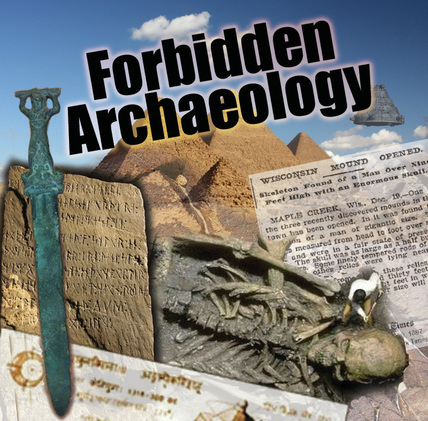
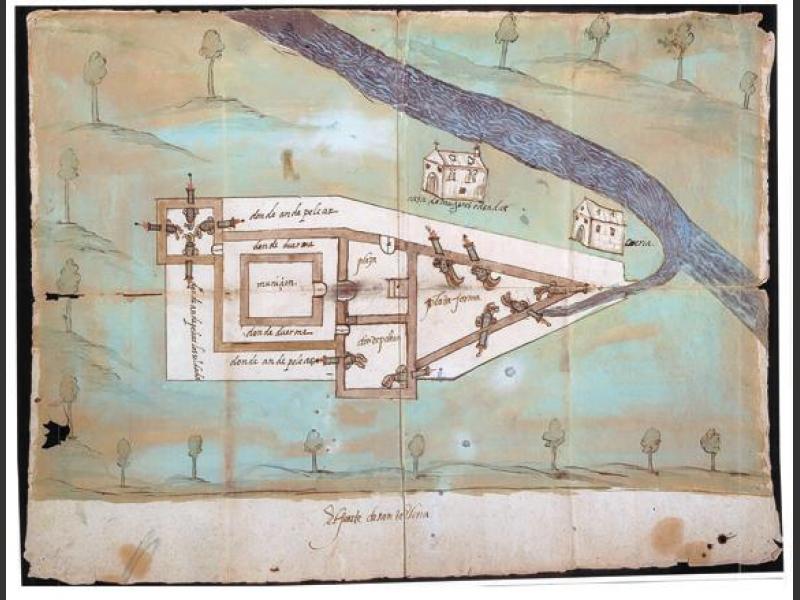
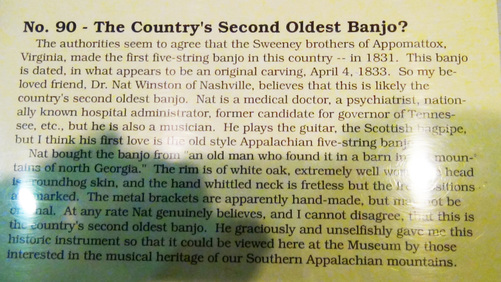
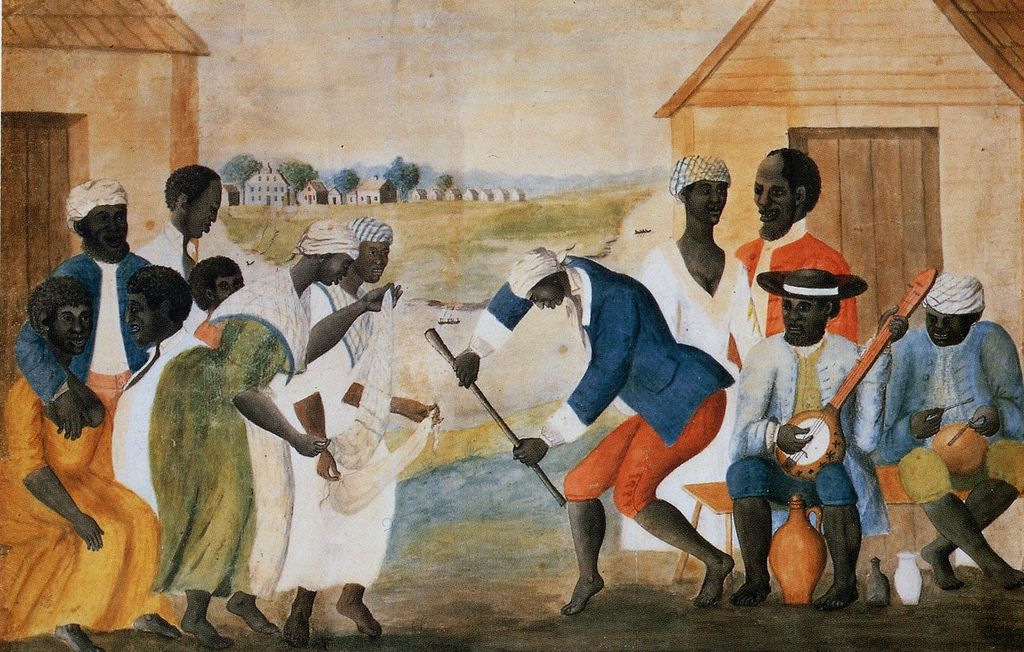
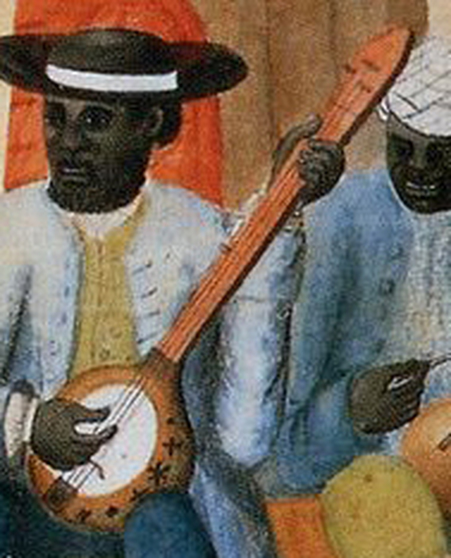


 RSS Feed
RSS Feed
